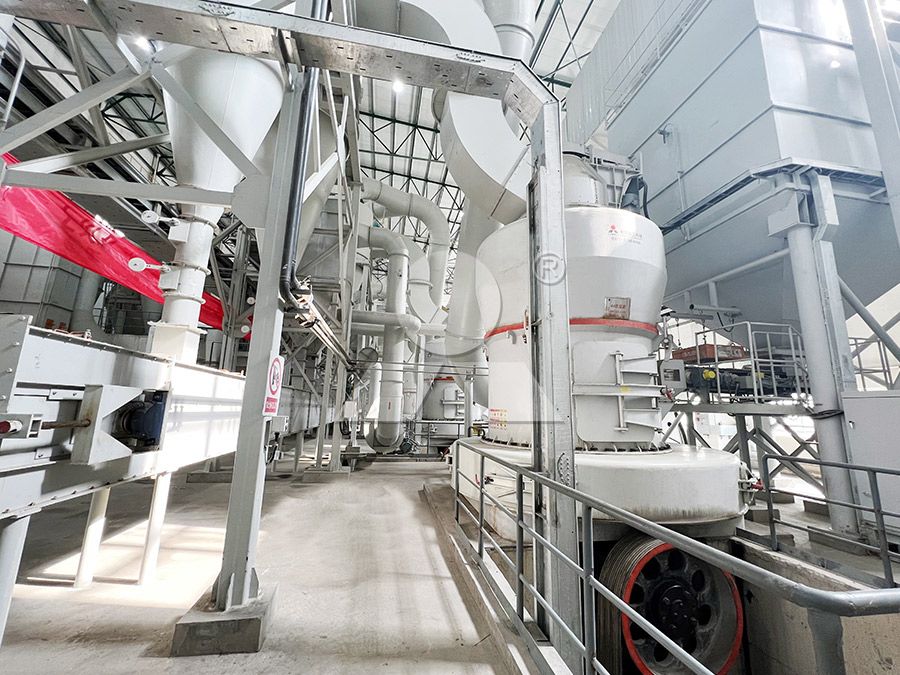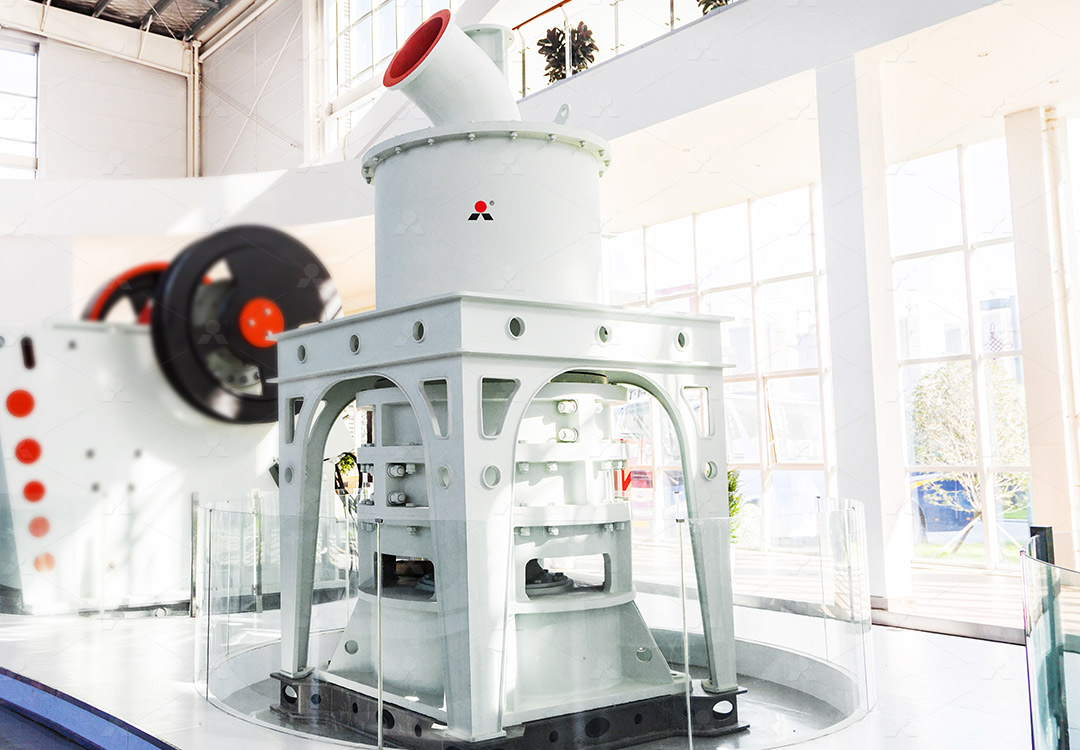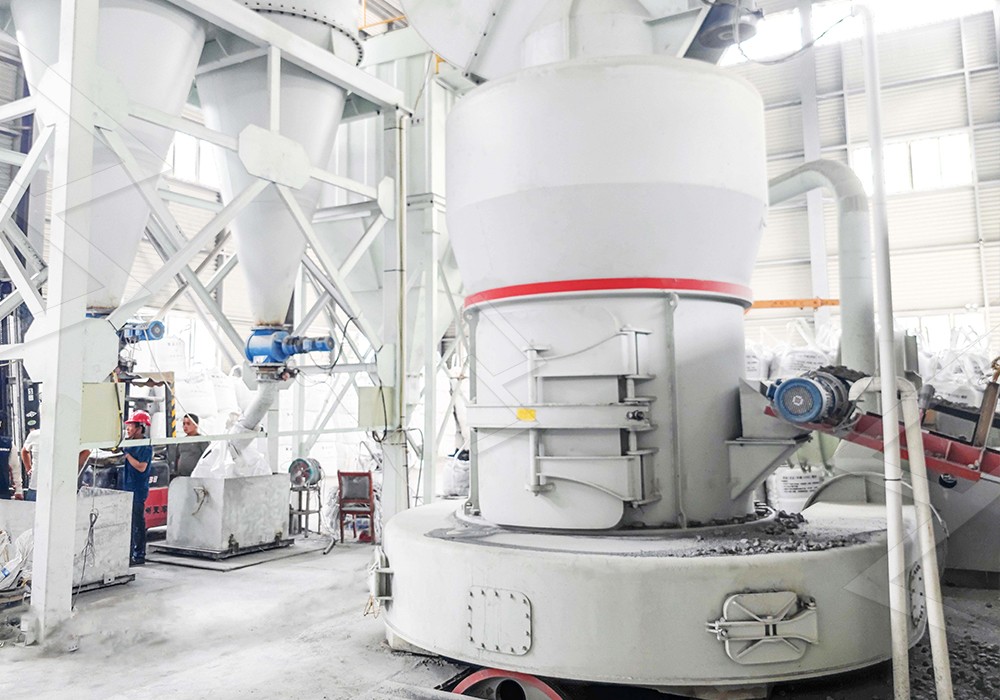Significance of Coal Gangue Grinding for Industrial Applications
Unlocking Value from Industrial Byproducts: The Coal Gangue Challenge
Coal gangue, the solid waste generated during coal mining and washing operations, has long been considered an environmental liability. Historically accumulating in massive stockpiles near mining sites, this material occupies valuable land, poses contamination risks, and represents significant wasted potential. However, with advanced grinding technologies, this industrial byproduct is being transformed into valuable raw materials across multiple sectors.

The processing of coal gangue begins with effective grinding to achieve the required fineness for various applications. The particle size distribution directly influences the material’s reactivity and performance characteristics in downstream processes. Properly ground coal gangue demonstrates pozzolanic properties, making it suitable for partial cement replacement in concrete production, potentially reducing the carbon footprint of construction materials by up to 30%.
Technical Considerations in Coal Gangue Grinding
Grinding coal gangue presents unique challenges due to its variable composition and hardness. The material typically contains clay minerals, sandstone, shale, and carbonaceous matter with hardness ranging from moderate to high. Efficient processing requires equipment capable of handling these variations while maintaining consistent output quality.
For operations requiring ultra-fine powders with precise particle size distribution, the MW Ultrafine Grinding Mill offers an optimal solution. This advanced mill processes materials with input sizes up to 20 mm and delivers capacities ranging from 0.5 to 25 tph. Its innovative design achieves fineness between 325-2500 meshes, making it particularly suitable for high-value applications where precise particle control is critical.

Industrial Applications of Processed Coal Gangue
The transformation of coal gangue through grinding opens numerous industrial pathways:
- Construction Materials: Fine-ground gangue serves as an excellent additive in cement production, concrete mixtures, and brick manufacturing, enhancing material properties while reducing production costs.
- Ceramics Industry: Processed gangue finds application in ceramic production, particularly for floor tiles and sanitary ware, where its mineral composition contributes to product durability.
- Agriculture: Certain types of gangue, when properly processed, can improve soil structure and provide trace minerals for crop growth.
- Advanced Materials: Ultrafine gangue powders are increasingly used in polymer composites, fire-resistant materials, and adsorption products.
For operations requiring vertical grinding solutions with exceptional stability, the LUM Ultrafine Vertical Grinding Mill presents another compelling option. With its input size capacity of 0-10 mm and throughput of 5-18 tph, this mill integrates advanced grinding roller technology with German powder separation techniques. Its double position-limiting technology ensures operational stability even under challenging conditions, while the reversible structure simplifies maintenance procedures.
Environmental and Economic Benefits
The grinding and utilization of coal gangue delivers substantial environmental advantages by reducing waste stockpiles, minimizing land occupation, and decreasing the environmental footprint of multiple industries. Economically, it transforms a disposal cost into revenue generation while providing lower-cost alternatives to virgin materials.

Modern grinding equipment incorporates comprehensive environmental protection features, including efficient pulse dust collectors and noise reduction systems. The MW Ultrafine Grinding Mill, for instance, operates with minimal dust emissions and reduced noise levels, ensuring compliance with stringent environmental standards while maintaining productivity.
Future Outlook
As industries continue to prioritize sustainability and circular economy principles, the importance of coal gangue grinding is expected to grow significantly. Technological advancements in grinding efficiency, particle size control, and energy consumption will further enhance the economic viability of gangue utilization across diverse sectors.
Frequently Asked Questions
What makes coal gangue suitable for grinding and reuse?
Coal gangue contains clay minerals and other components that develop pozzolanic activity when finely ground, making it valuable for construction materials and other industrial applications.
How fine can coal gangue be ground using modern equipment?
Advanced mills like the MW Ultrafine Grinding Mill can achieve fineness up to 2500 meshes (approximately 5 microns), suitable for high-value applications requiring ultra-fine powders.
What are the primary challenges in grinding coal gangue?
The main challenges include variations in hardness and composition, wear on grinding components, and achieving consistent particle size distribution while maintaining energy efficiency.
How does gangue grinding contribute to environmental protection?
By converting waste material into valuable products, grinding reduces landfill requirements, minimizes environmental contamination, and decreases the need for virgin raw materials, lowering overall industrial carbon footprint.
What maintenance considerations are important for gangue grinding equipment?
Modern mills address maintenance through designs like the MW’s external lubrication system and absence of rolling bearings in the grinding chamber, enabling continuous operation and reducing downtime for maintenance.
